La Niña phenomenon in South Africa
South Africa is experiencing heavy overcast days this summer. The cloudy weather is having a significant impact on solar energy production all around the country. According to an Article by Energize, this is due to a weather pattern called the La Niña phenomenon. This phenomenon increases the probability of rainfall in Southern Africa due to abnormal cooling of sea surface temperatures in the Pacific. The South African Weather Service announced2 on 2 Dec 2020 that the phenomenon will most likely remain and strengthen towards an intense La Niña state during summer. With this likelihood of a strong La Niña during midsummer, there are increased chances of above-normal rainfall in the summer rainfall areas during the summer season. Figure 1 shows the expected precipitation for the next four months. According to Energizer this time of the year there is an expected increase in highveld rains. Still, due to the abnormal weather experienced the last few months, most of South Africa has seen more overcast days than usual, sometimes lasting for several days.
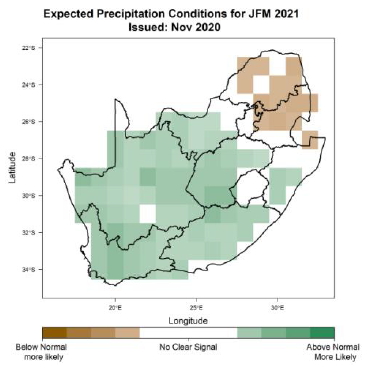
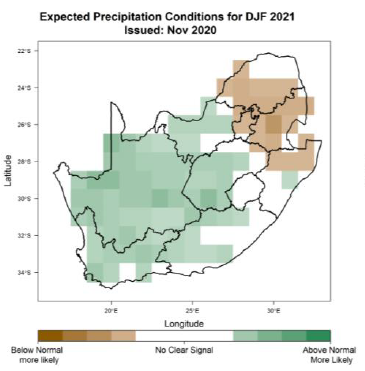
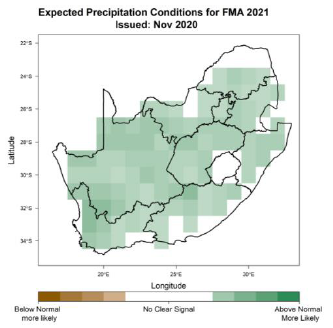
Effect on solar
Comparing a sample of 1.5 MW Solar PV installed in Gauteng as well as 1.2 MW in the Eastern Cape, the overcast weather has reduced power production significantly, especially in the Eastern Cape. Figure 2 illustrates the energy production in the Eastern Cape compared to the expected. Through 2020, the plant has consistently performed 3% to 10% above target. However, the plant was at 8% below target by the end of November.

Figures 3 and 4 show the effect of overcast weather om the yields of a plant. The data was taken from a plant in Gauteng on a sunny day (yield of 760.1 kWh) as well as an overcast day (yield 412.6 kWh), resulting in a yield loss of 54%. South Africa can expect more and more of these cloudy days into early January-February-March season 2021.
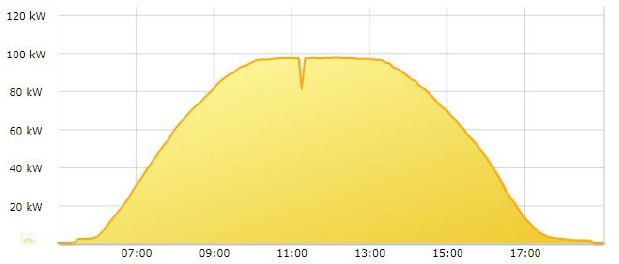
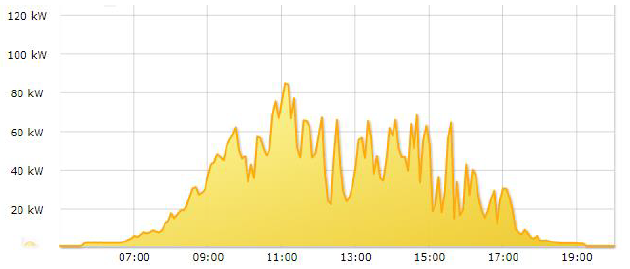
The impact of the reduction in solar energy yields can have a significant effect on NrG and our clients. The South African Weather Service forecasted an increase in cloudy weather for at least the next four months. If the solar plants continue to produce low yields, the clients that consume the energy achieve lower savings than anticipated, and the investment returns are also negatively affected. Furthermore, the burden on the national grid is also increased as the cloudy weather reduces solar production nationwide. In conclusion, NrG will be closely monitoring the development of the La Niña phenomenon for the next few months and adjust new project developments accordingly.

